A l’occasion du prochain événement Apple le 9 septembre prochain, nous allons à la rencontre de la communauté française travaillant sur les applications et contenus Apple Vision Pro. Alors que la marque à la pomme a lancé son premier casque à un prix onéreux mais avec une vraie proposition premium côté technique, retour sur les intérêts et anticipations autour des prochaines évolutions de l’AVP vus de l’Hexagone. Premier échange avec Tom Krikorian, développeur XR passionné par l’Apple Vision Pro et membre du nouveau collectif STUDIO•84 se consacrant pleinement à cette plateforme.
Ahead of Apple’s upcoming event on September 9, we’re meeting with the French community working on Apple Vision Pro applications and content. While Apple has launched its first headset at a high price point but with a truly premium technical offering, we take a look back at the interest and anticipation surrounding the next developments of the AVP as seen from France. First up is Tom Krikorian, an XR developer who is passionate about Apple Vision Pro and a member of the new STUDIO•84 collective, which is fully dedicated to this platform.
They are also developing for Apple Vision Pro: TARGO, Immersive Flashback (coming soon).
XR Developer, from DK1 to Apple Vision
Tom Krikorian – I started engineering school just as the Oculus DK1 came out, and my passion for computer science was matched by a desire to explore new horizons and new challenges. That’s how I decided to pursue a master’s degree in virtual reality at EFREI in Villejuif. I jumped on the VR bandwagon right from the start, in a nascent industry where few of us had mastered these new techniques. I had the opportunity to work for several start-ups, with many projects using HoloLens—gamified experiences for RealCast, for example (INSURRECTION 1944 for the Musée de la Libération Leclerc Moulin in Paris), architecture projects for ARFORIA, remote collaboration, and more.
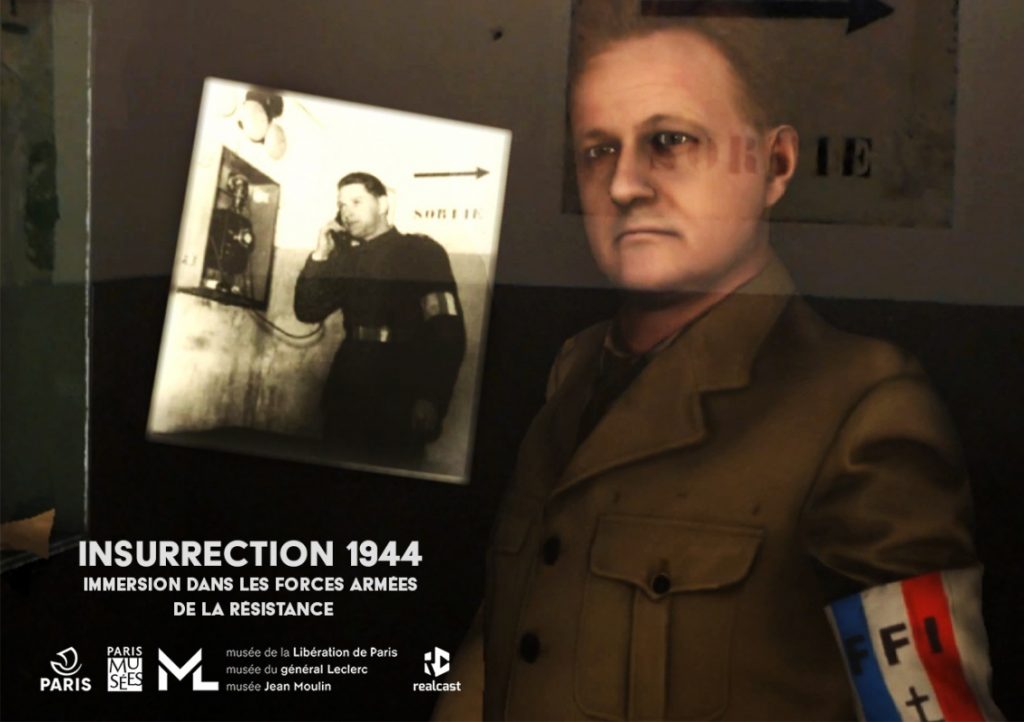
T. K. – I then joined Opuscope to develop no-code XR creation tools for all headsets. At the time, we pivoted to a more augmented reality social network-focused proposition (during the metaverse buzz), but ultimately failed to find our audience. The company closed at the end of 2023, leaving me open to new challenges. And that’s when Apple announced Apple Vision Pro. I signed up for one of the first developer workshops in London, which allowed me to discover the headset very early on.
T. K. – I was immediately impressed by the headset, in terms of its interface and user experience. This is a fundamental criterion for me, and it remains the best OS on the market today. The headset is far from perfect, of course, but the proposition was strong enough from the outset to imagine its place in the future market. In the spring of 2024, I bought my first headset in the US, even before it was available in France, to develop the first applications.
Apple Vision Pro: an imperfect but promising proposition
T. K. – The AVP is more of an evolution than a revolution. Clearly, the brand has carefully studied what was available at the time to offer something more accessible and intuitive. In particular, the operating system is the first I’ve seen that is truly user-friendly and designed with the user in mind, with excellent hand and eye tracking. Meta had tried this with its Quest Pro, but didn’t quite get there. In this respect, the AVP allows a new audience to discover the potential of XR in what is still a niche sector worldwide.
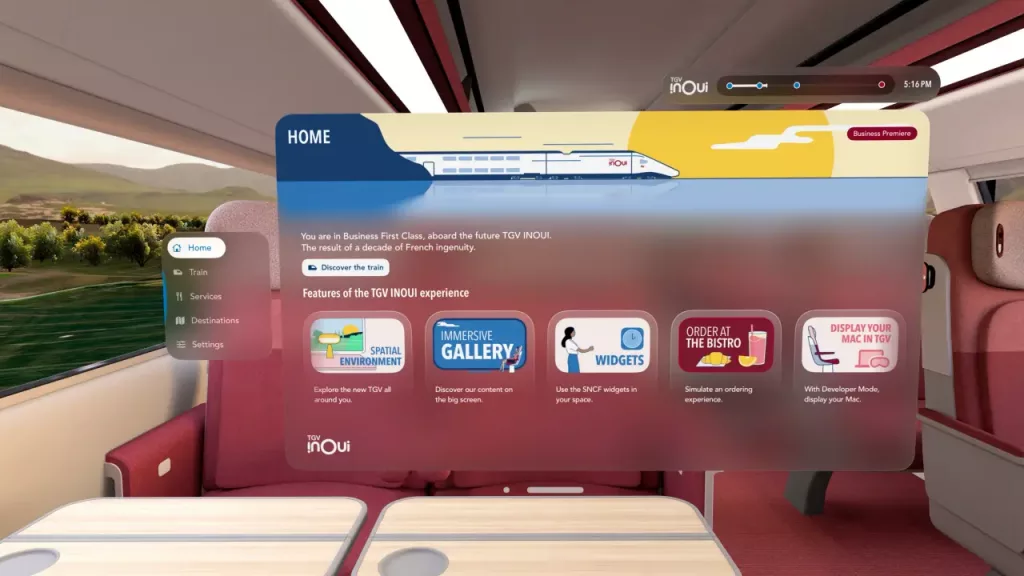
T. K. – We can only regret the lack of comfort, uneven weight distribution, and price, all of which we hope will be corrected quickly. In this regard, the latest MR headsets such as the HoloLens 2 were better designed—or even the Quest. It’s a step backward that shows a maturity in the making. Nevertheless, Apple is well positioned to move forward with future models that should correct the technical issues. Without being a market leader against Meta, it can still gain significant market share.
T. K. – If they quickly release a second, lighter and cheaper model, it would send a strong signal of the brand’s confidence in the XR. The AVP is a first generation product that allows them to study their position, the impact and the use of such a headset. They probably have around 600,000 headsets. This isn’t a market for Apple: it’s an initial test phase. Their initial family-oriented marketing, with lots of entertainment and a very dystopian feel, wasn’t necessarily the most effective given the headset’s primary target audience: professionals, developers, and brand enthusiasts. We’re also waiting to see how Apple positions itself on augmented reality glasses, like its competitors.
A platform that is still limited in terms of content
T. K. – In terms of content, the main use is to watch 3D movies—like having my own home theater in terms of quality. I don’t see it as something I would use regularly for gaming, or something that would keep me hooked. We quickly ran through the existing apps; everything remains to be done. On the other hand, it’s a real productivity tool for any developer. In fact, other manufacturers have also taken this route! More content is needed, perhaps in the areas of sports or entertainment, for Apple Vision Pro to find new everyday users. With these criteria, XR remains a niche practice, reserved for enthusiasts or a few professionals when it makes sense, but in any case is not intended to become mainstream outside of out-of-home practices (such as LBVR, trade shows, etc.). The future that stems from these headsets is connected glasses, which will undoubtedly inherit the applications we are developing today for headsets.
T. K. – My clients are intrigued and want to test the headset for its visual and immersive capabilities. For its initial offerings, you have to believe in the promise of spatial information as Apple sells it. I meet with decision-makers who are still skeptical about virtual reality, but they change their minds when they try Apple Vision Pro. I develop high-quality applications for purely B2B use. I recently had the opportunity to work for SNCF on a 3D model of the next TGV (to be released in 2026), which we presented at Viva Tech last June. It is obviously a marketing tool, but also a real innovation—in this case, to showcase French expertise. We are working to make it available on the online store. I also worked for BforBank to imagine the future of banking with a dedicated experience.
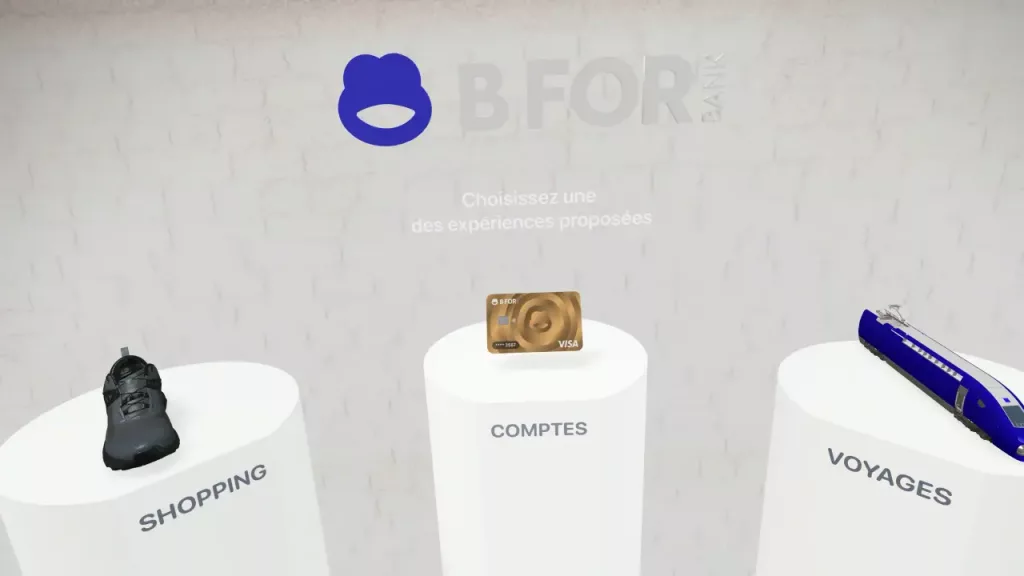
T. K. – The SNCF project naturally brought together several developers and creators who were already passionate about Apple Vision Pro, as the French community is still quite small. I collaborated with Tina Nigro, Immersive Flashback in particular, to design the entire application. It went so well that we decided to form a collective, STUDIO•84, to seek out new clients together. We bring together all the skills and expertise needed to produce AVP applications and content in a competitive manner.
Some predictions for September 9…
T. K. – Looking ahead, the big issues are price, weight, and comfort. I hope Apple can provide answers in the next version, even though it’s not easy to overhaul everything in less than two years. The headset is unlikely to undergo any major changes, but it will probably feature new materials to make it lighter, a new strap, and a new chip (M5) for the OS. Let’s be realistic: to survive, the headset needs to become more accessible. But we won’t see a truly mainstream model before 2027, when the third generation is expected to address today’s real shortcomings.
T. K. – At the same time, Apple is expected to join the connected glasses market—probably within the same timeframe. We are already seeing application formats that can be multi-platform, with an application hosted on the iPhone that could be used elsewhere.
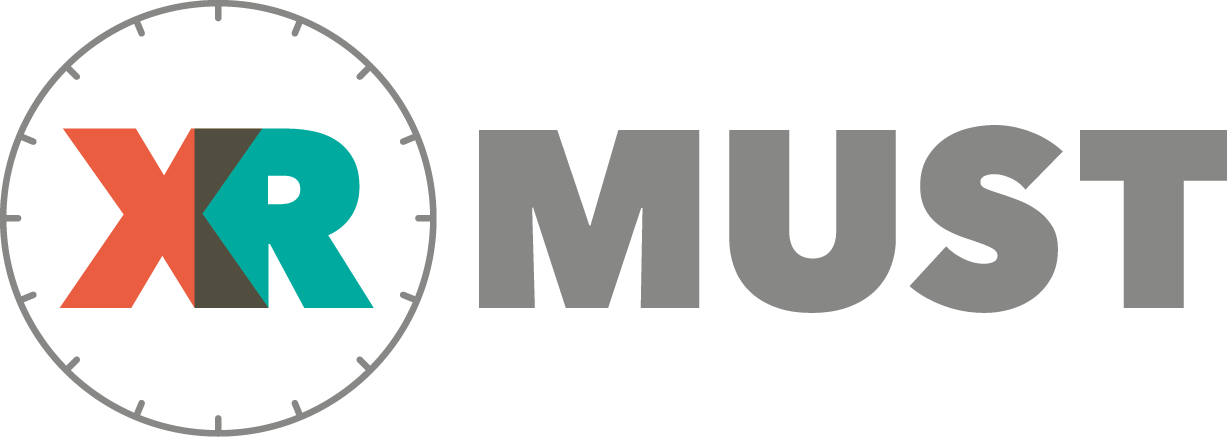
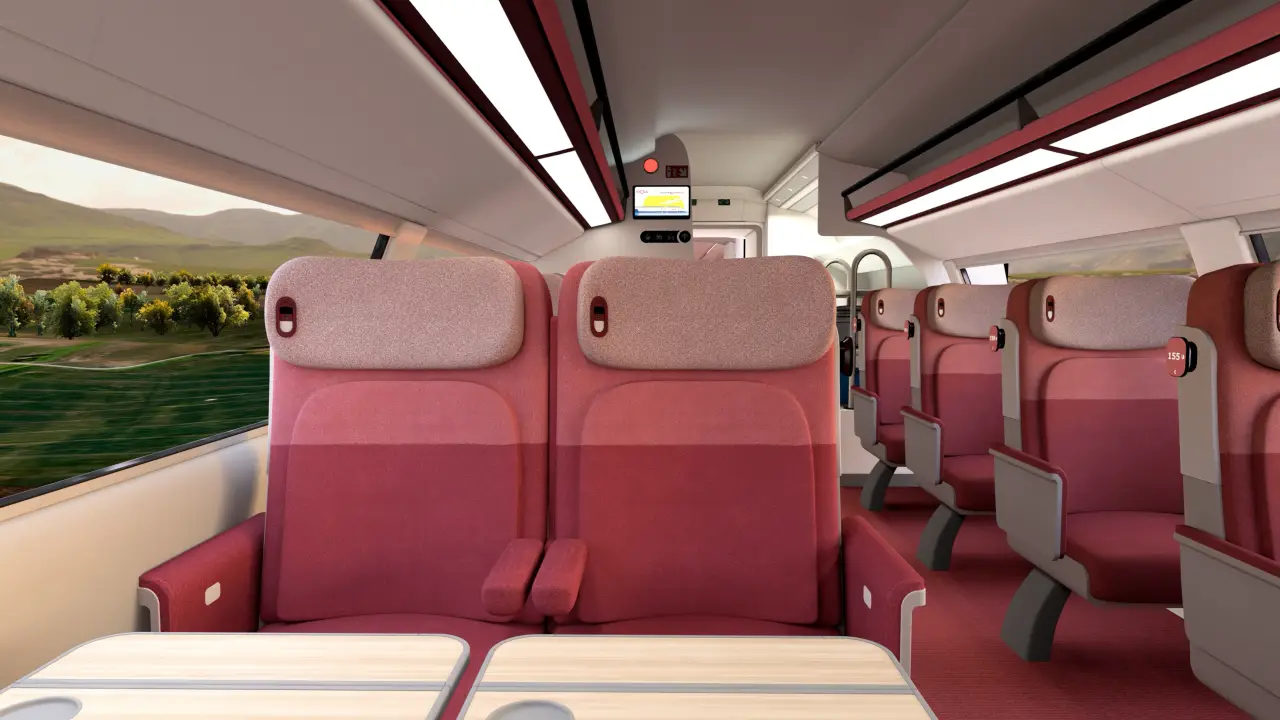
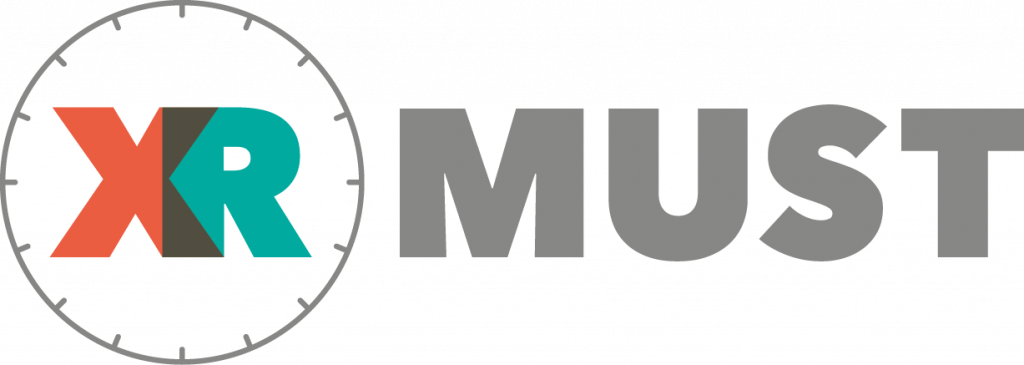
Leave a Reply
You must be logged in to post a comment.